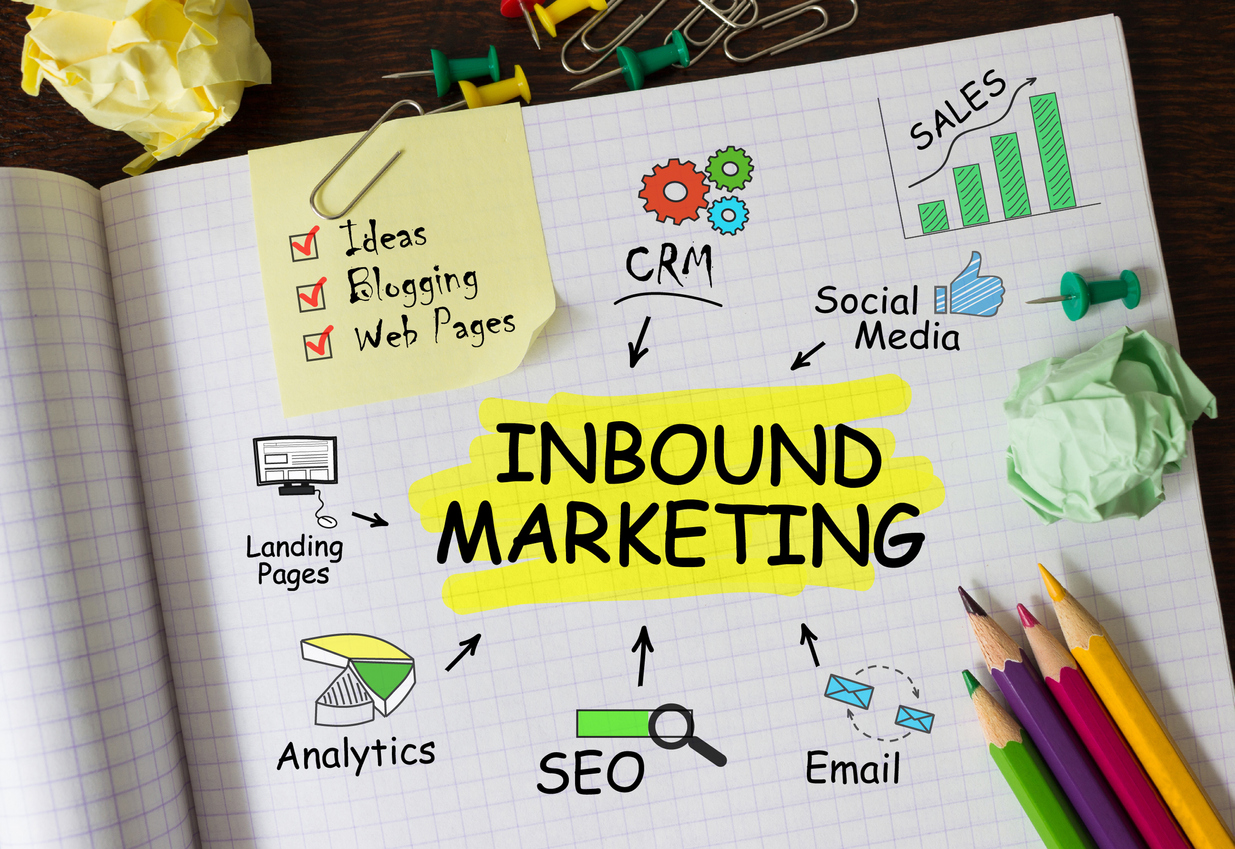
The Secret to SEO and 5 Tips on Optimizing Your Results
Search Engine Optimization (SEO) is the strategy of improving your website’s ranking on search engine results pages (SERPs). Doing so helps to increase visibility and explores the secret to SEO. If you do any online marketing, then the odds are you have some basic understanding of SEO. For instance, you’re likely aware that the use of keywords can help you attract new visitors.
However, the use of keywords isn’t the only factor that determines SEO rankings. The secret to SEO is that Google uses countless factors to determine website rankings. With that in mind, the following five lesser-known SEO optimization tips you should apply to improve your website’s rankings:
Top 5 Optimization Tips to Unlock the Secret to SEO
1. The Most Important Secret To SEO Is Knowing Your Audience
Your SEO rankings rely heavily on the quality of your content and the strength of your keywords. However, neither is possible if you don’t first know who your target audience is.
If you’re not creating content that’s relevant to your target audience, then that content isn’t going to rank well over the long term no matter how well optimized it is. You may get short-term results, but you’ll attract poor-quality leads that aren’t actually interested in your brand.
You need to create content that’s relevant to your target audience and addresses their specific needs. Doing so will not only help you rank better over the long run, but it will lead to more conversions. Creating buyer personas is an effective way to ensure that you understand who your target audience is.
2. The Overall User Experience Matters
When trying to improve your SEO, there’s more to focus on than just your website’s content. The overall user experience is also a major factor that search engines take into account when determining rankings.
For instance, if your website has great content but it loads slowly or is difficult to navigate, then users will have a poor experience. Not only will this result in higher bounce rates, but it will hurt your conversion rate and reduce return visitors.
To ensure a good user experience, you need to have a fast-loading website that’s easy to navigate. It should also have logical menus and no broken links. Additionally, should make sure that your website is mobile-friendly so that your site is easy to use on mobile devices.
Finally, you should provide links to off-site resources that can help educate your visitors further. Doing so will help you build a reputation as a selfless, trusted authority in your industry.
How Your Web Page Speed Effects Your SEO and Google Ads Performance
3. Your Website Needs To Be Secure
Having a secure website is absolutely critical to maintaining the trust of your visitors, your leads, and your customers. Poor security can leave everyone vulnerable to data theft. If someone hacks your website, it can irreparably damage your reputation.
Furthermore, Google has stated that having an SSL (Secure Sockets Layer) certificate is now a ranking factor. An SSL certificate encrypts the data transmitted between your website and its visitors. This encryption helps to protect sensitive information like credit card numbers and login credentials.
A lack of an SSL certificate will only have a small impact on your ranking. However, if a security breach occurs because you don’t have an SSL certificate, it can hurt your reputation. As a result, you may experience a massive drop-off in return visitors, which will ultimately hurt your SEO rankings.
Last, but not least, having HTTPS (Hypertext Transfer Protocol Secure) in the address bar of your website also helps to build trust with visitors as it’s a sign that your site is secure. The more trust your brand creates, the more conversions, return visits, and social shares you will get.
4. Off-Site SEO Is Crucial To Your Overall Ranking Results
Google’s ranking system focuses on determining the quality and relevance of any given webpage. As such, they pay attention to off-site signals that provide an indication of your website’s popularity and authority. In other words, the more popular and authoritative your website is, the higher it will rank.
One of the best ways to improve your off-site SEO is by actively working on building relationships with other websites and bloggers in your industry. You can do this by guest blogging, leaving comments on other blogs, participating in forums, and more. You should also share your content across your social media channels to increase its reach and visibility.
Additionally, you should try to get other websites to link back to yours where relevant. You can do this by creating high-quality content that’s worth linking to. You can also reach out to other website owners and simply ask them to link to your site.

5. SEO Strategies Should Never Be Set In Stone
The SEO landscape is constantly changing, which means what worked yesterday may not work today. As such, you should regularly review your SEO strategy to see what’s working and what isn’t.
One way to do this is by using Analytics tools to track various metrics and monitor the performance of your website. For example, you can track your website’s traffic, conversion rate, bounce rate, and more. You can also use Google Search Console to see how your website is performing in the SERPs and to get insights into any potential SEO issues.
Additionally, you should stay up-to-date with the latest SEO trends, implementing those that will strengthen your strategy. Regularly reviewing your existing strategy and updating it will ensure that your website has the best chance of ranking well.
The higher your website ranks on search engines, the better. This much is obvious. What’s not obvious is how to make your website rank higher. The secret to SEO is much more complex than just using keywords to attract visitors.
The secret to SEO is that a comprehensive long-term SEO strategy is needed — and these five tips are crucial to making sure you address a number of SEO ranking factors that Google looks for.






















